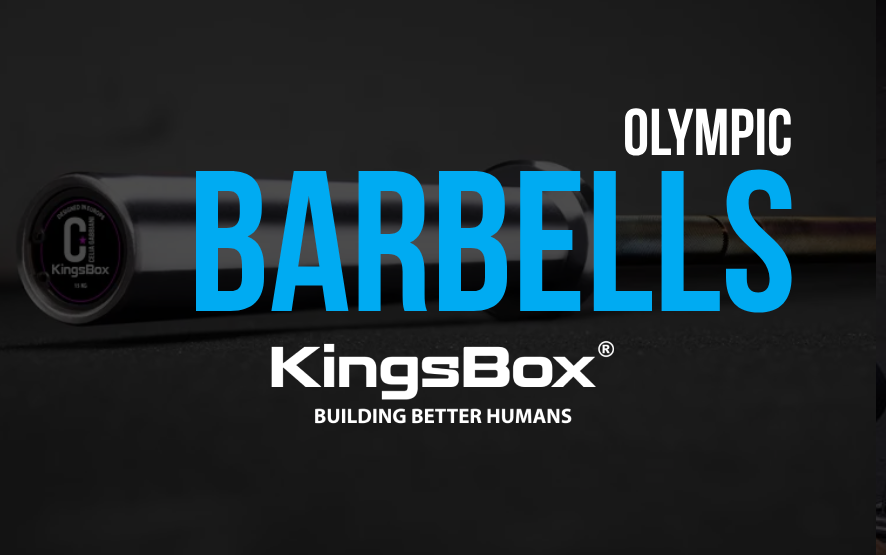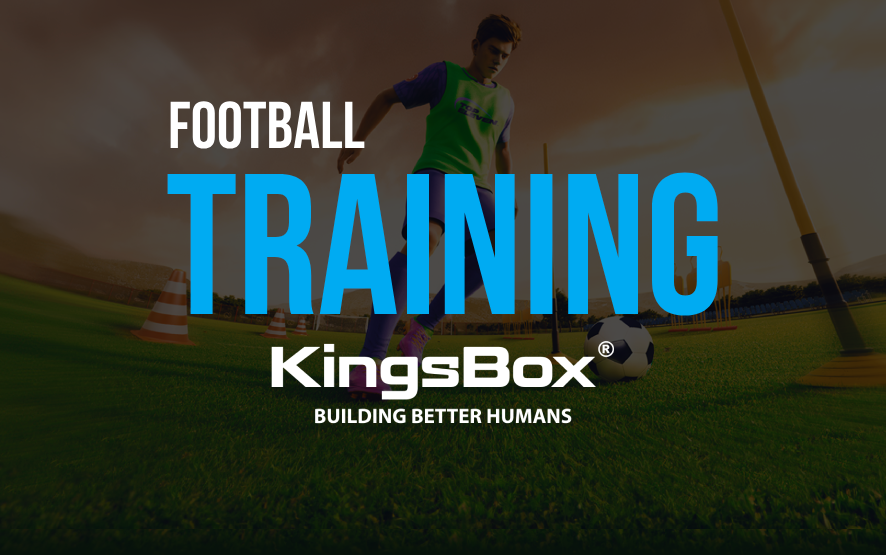Physical training has always been an integral part of human life. Over the centuries, various fitness and training disciplines have emerged, each with its own philosophy, objectives and methodologies. Two of these disciplines, cross training and functional training, have become popular in recent decades due to their health benefits and innovative approach to training. Before examining the differences between them, let’s explore the historical roots, manifestations, founders and prominent characters of both.
Indice dei contenuti
Cross Training:
Cross Training, also known as “CF, emerged in the United States in the 1990s, with the goal of creating complete and versatile athletes. This discipline was founded by Greg Glassman, a fitness coach, and gained popularity thanks to his methodology based on “Workout of the Day” (WOD), which provides a variety of high intensity exercises, such as weight lifting, cardio and gymnastic movements.
Cross Training has also created the famous Games a fitness competition that attracts athletes from all over the world. This event tests strength, endurance and athletic ability in a series of extreme tests.
Prominent figures of the movement
Here is a list of some prominent cross-training athletes, divided between men and women:
Males:
-
- Rich Froning Jr. – Known as one of the best CF athletes of all time, he won the Games four times in a row from 2011 to 2014.
- Mat Fraser – He dominated the Games scene for several years, winning five consecutive times from 2016 to 2020.
- Ben Smith – Won the Games in 2015 and has been a top contender for many years.
- Jason Khalipa – He was the Games Champion in 2008 and has been a prominent figure in the CF community for years.
- Josh Bridges – Known for his energy and determination, he has competed in the Games multiple times and has been a popular figure among fans.
Females:
-
-
- Tia-Clair Toomey – Dominated the Games women’s competition, winning five consecutive times from 2017 to 2021.
- Annie Thorisdottir – She was the first woman to win the Games twice, in 2011 and 2012, and was one of the most influential athletes in the history of CF.
- Katrin Davidsdottir – Won the Games in 2015 and 2016 and has been a constant presence in top level competitions.
- Camille Leblanc-Bazinet – She won the Games in 2014 and was one of the first female athletes to make her way in the competitive CF.
- Sam Briggs – Known for her tenacity and endurance, she won the Games in 2013 and was a respected figure in the world CF community.
-
Functional Training:
The Functional Training has more ancient roots, with origins going back to the beginning of the 20th century. This discipline was initially developed in the field of physical rehabilitation, with the aim of helping people to recover the functionality of the body after injury or surgery. Over the years, Functional Training has evolved its philosophy to include basic training, balance, stability and mobility, focusing on preparing the body for daily activities.
Functional Training has given rise to several events, including competitions such as the “CrossFit Strength in Depth” and the “Functional Fitness World Championships”. These competitions test participants’ ability to perform functional movements in challenging training situations.
Among the prominent figures of Functional Training, there is Gray Cook, one of the main theorists of this discipline, known for his work on the evaluation of movement and the correction of dysfunctions.
Prominent figures of the movement
Here is a list of some prominent athletes in the field of Functional Fitness, divided between men and women:
Men:
-
-
-
- Marcus Filly: Noted for his approach to Functional Bodybuilding, Marcus Filly is a landmark in the world of Functional Fitness.
- Ben Bergeron: Although known as a CF coach, Ben Bergeron has a strong interest in Functional Fitness and is influential in the fitness community.
- Ben Smith: Former CF champion, Ben Smith also helped promote functional training outside the Games.
-
-
Women:
-
-
-
-
- Aimee Anaya Everett: Aimee is one of the most influential Functional Fitness athletes and has a significant presence in the community.
- Julie Foucher: Julie is a doctor and athlete who competed in the Games, but also has a strong commitment to Functional Fitness as part of a healthy lifestyle.
-
-
-
Key differences between Cross Training and Functional Training:
Now that we have explored the history and contexts of these two disciplines, we can see some of the main differences between them:
-
-
-
-
-
- Philosophy and objectives: Cross Training focuses on varied training to create versatile athletes, while Functional Training aims to improve body function for daily activities.
- Types of exercises: Cross Training includes a wide range of exercises, while Functional Training focuses on multi-joint movements.
- Tools and equipment: Cross Training uses a variety of equipment, while Functional Training often relies on body weight or minimal equipment.
- Programming: Cross Training often uses programs based on WOD, while Functional Training focuses on programs aimed at specific functional body skills.
-
-
-
-
Both of these approaches have proven to be effective in improving health and fitness, and the choice between them depends on individual preferences and personal training goals.
How to train in different disciplines
Here are some ideas for exercises that you can include in your Functional Training and Cross Training program:
Functional Training Exercises
-
-
-
-
-
- Kettlebell Squat: Lift a kettlebell or a dumbbell by holding it close to your chest while doing a squat. This exercise improves leg strength and core stability.
- Plank with MedBall à Perform a plank (a position similar to bending but with the body suspended above the floor) with your feet or hands resting on a stability ball. This improves core strength and stability.
- Lunge with Dumbbells: Take a step forward with one leg and make a lunge holding a handlebar in each hand. This exercise develops leg strength and stability.
- Burpees: Perform a sequence of movements that includes a flex, a jump, and a small feel. This is a complete cardiovascular exercise that involves the whole body.
- Plank Side: Place in plank position but with one arm under the body and the other raised to the ceiling. This exercise strengthens the core and lateral stability.
-
-
-
-
Cross training exercises:
-
-
-
-
-
-
- Clean and Jerk: Lift a barbell from the floor to the shoulders (clean) and then push it over the head (jerk). This exercise involves the whole body and is a common component in CF WOD.
- Snatch: Lift a barbell from the floor above your head in a smooth motion. This exercise develops strength, power and coordination.
- Double Unders: Jump rope by passing rope under feet twice for each jump. This exercise improves coordination and cardiovascular endurance.
- Kipping Pull-Ups: Perform pull-ups using a body swing motion. This exercise develops upper body strength and coordination.
- Wall Balls: Throw a medicine ball against a wall and then catch it. This exercise involves legs, core and arms and is often part of CF’s WOD.
-
-
-
-
-
Training considerations
Remember that both Functional Training and Cross Training are very flexible, so you can customize your workouts by including a variety of exercises that fit your goals and specific needs. It is important to perform the exercises properly to avoid injury, so consider consulting a fitness instructor or industry expert to receive proper instruction.
Training equipment
Here is a list of equipment commonly used in Functional Fitness and Cross Training training. Note that the two disciplines share some equipment, but there may be some differences in the mode of use.
Functional Fitness equipment:
-
-
-
-
-
-
-
- Kettlebell: Used for exercises such as kettlebell swing , kettlebell snatch.
- Medicine balls Use for wall ball and slam ball exercises to improve strength, power and coordination.
- Elastic bands: Used for endurance exercises.
- TRX or similar suspensions: Excellent for functional training exercises involving body weight and stability.
- Non-slip floor: Essential for safe running exercises.
- Barbell or dumbbells: Used for lifting weights, lunges and other strength exercises.
-
-
-
-
-
-
Cross Training Equipment:
-
-
-
-
-
-
-
-
- Rig from CF: Frame structure that allows you to perform a variety of floor exercises.
- Olympic barbell and weights: Used for exercises like clean and jerk, snatch, clean.
- Skipping rope: Used for rope jumping exercises, a common component in CF to improve cardiovascular endurance.
- Pliometric box for box jump: Used for jumping exercises, such as box jump and step-up.
- Med Ball: Used for exercises like wall ball shot, where you throw the ball against a wall.
- Gymnastics rings: Used for exercises such as muscle-ups and chin-ups with rings.
- Parallel or parallel bars: Used for exercises such as dips and core training.
-
-
-
-
-
-
-
Training equipment considerations
Remember that the choice of equipment will depend on your goals, available space and budget. Both workouts can be highly effective, and the equipment is selected according to the specific needs of the training program.
Cross Training | How to buy the right equipment for the box
Here is a very useful guide for the purchase of the equipment from Cross Training click on the image
Functional training equipment – Purchase guide for functional training
Here is a very useful Guide to l’acquisto dell’atrezzatura da Functional Training click on the image









